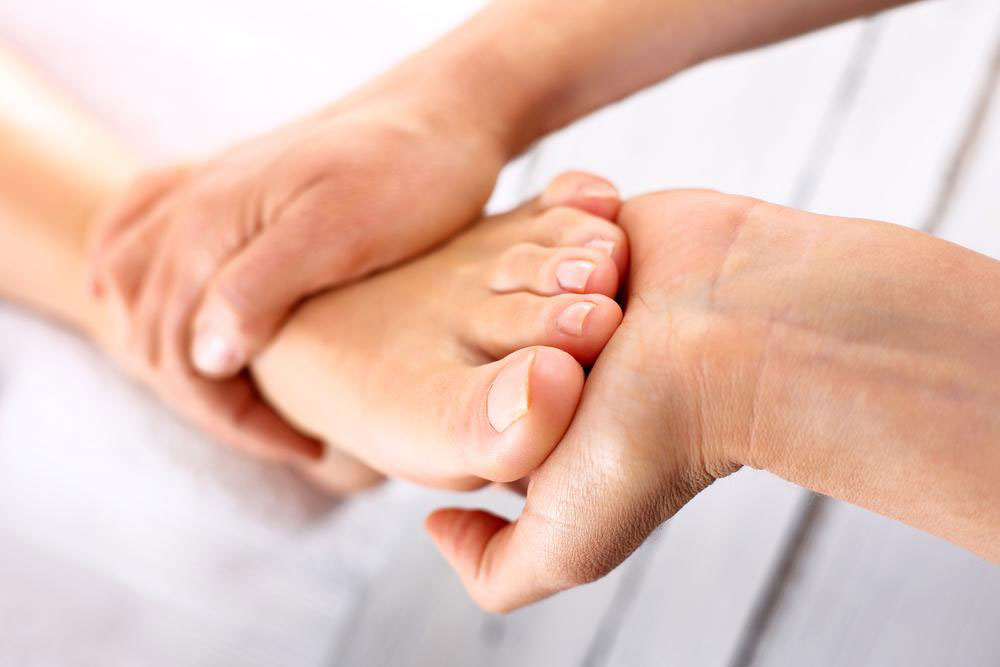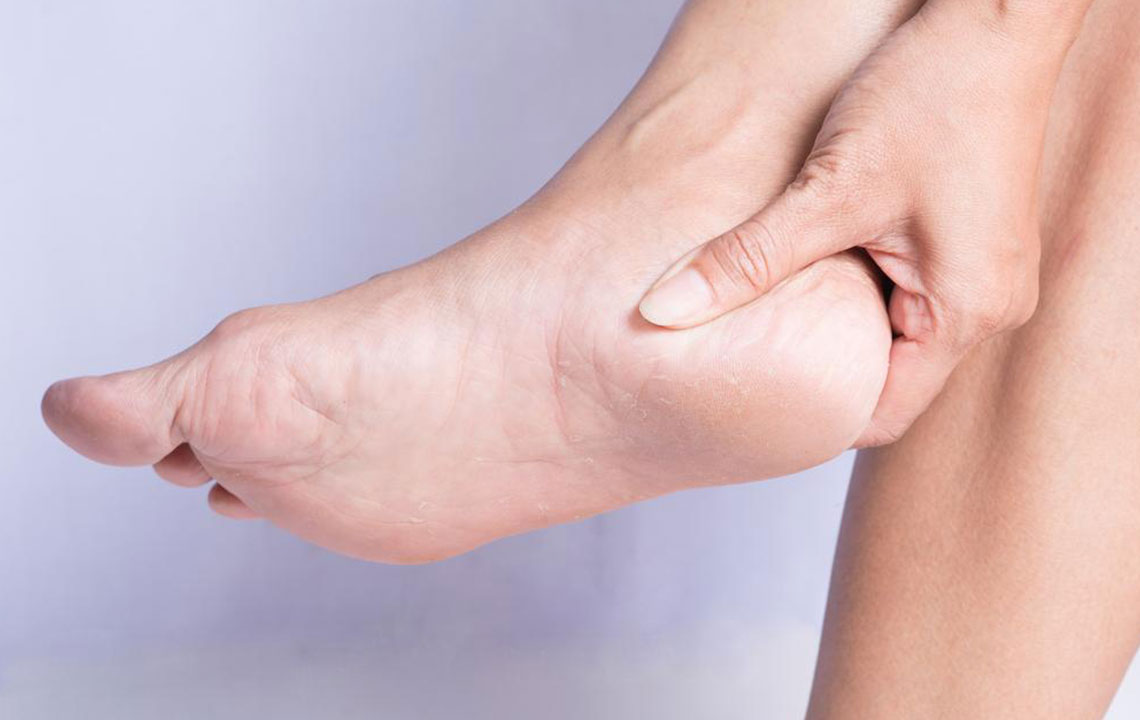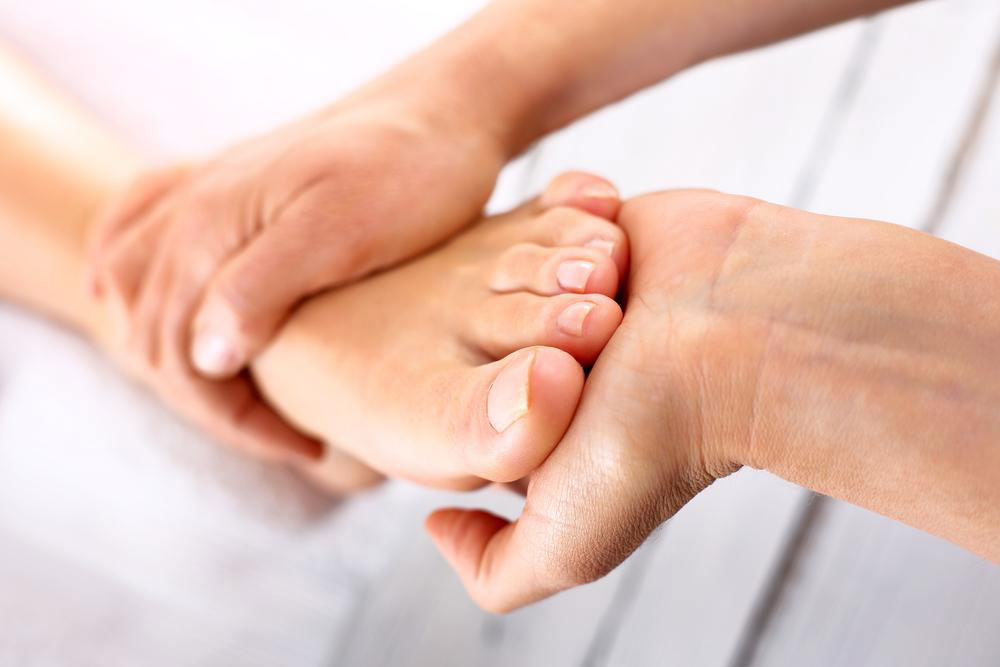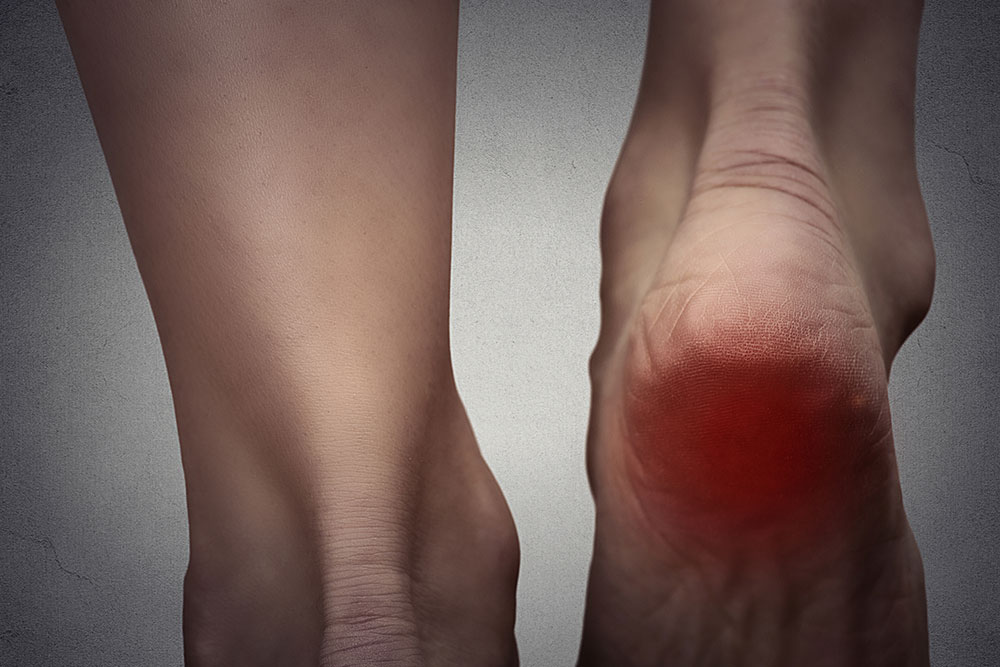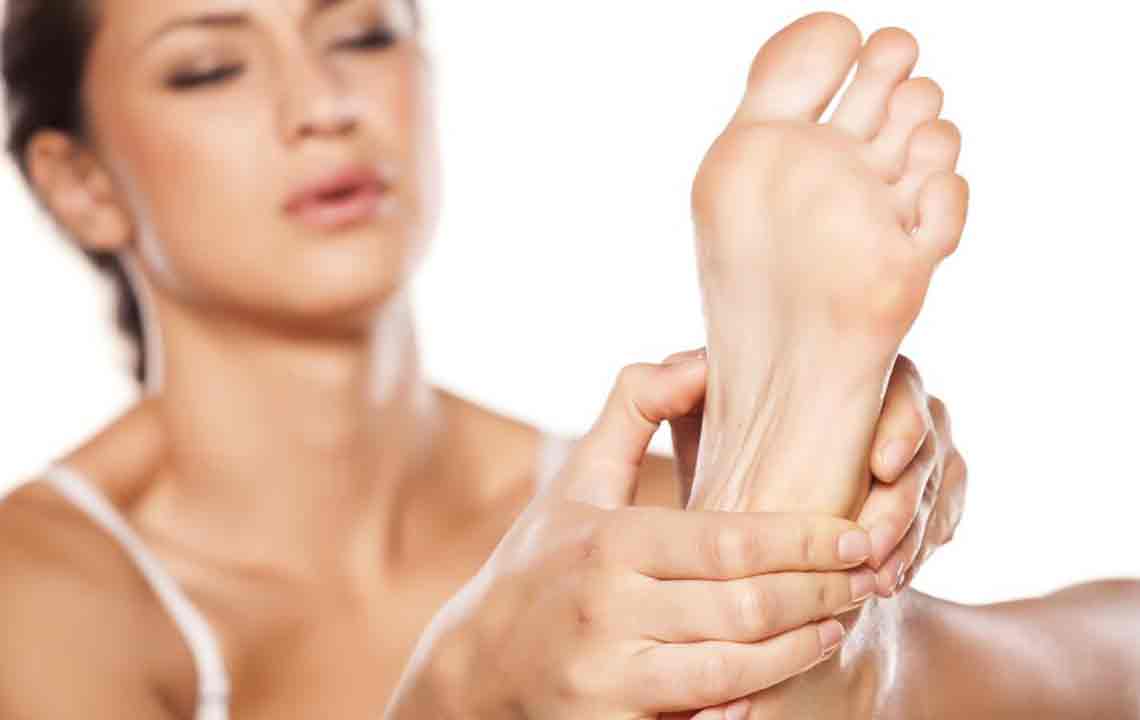Effective Strategies to Alleviate and Prevent Heel Discomfort
Learn effective methods to treat and prevent heel pain, including home remedies, proper footwear, and medical interventions. This guide helps you understand symptoms and proactive strategies to maintain healthy heels and avoid chronic discomfort.
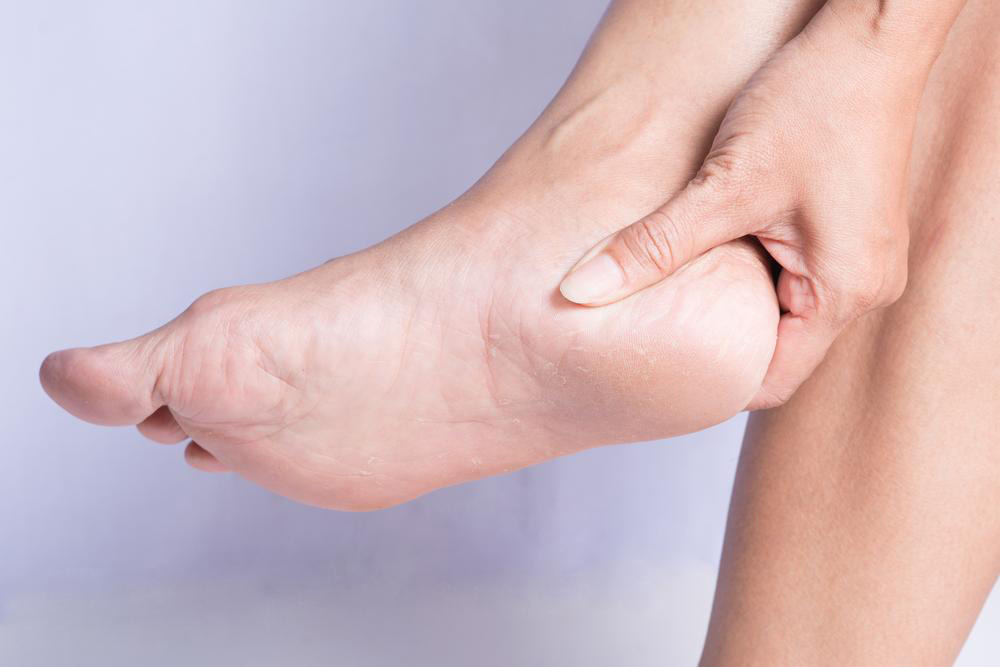
Strategies for Managing and Preventing Heel Discomfort
Heel discomfort often starts mildly and can resolve on its own. However, in some cases, pain worsens, leading to potential mobility issues. Persistent heel pain is classified as chronic and is common among foot ailments, typically causing pain beneath or just behind the heel.
Pay Attention to Symptoms
The origins of heel pain usually develop over time and are not due to a single injury. Wearing flat shoes can overstretch the plantar fascia, resulting in swelling in the area.
The symptoms may intensify with inactivity, causing more pain in the morning that lessens with activity. Medical attention should be sought if pain becomes severe, such as difficulty walking, inability to bend the foot downward, or standing on toes.
Remedies and Prevention Tips for Heel Discomfort
If heel pain persists, appropriate treatment should be pursued.
Home Care – Mild cases can benefit from simple remedies.
Rest – Avoid prolonged standing or walking on hard surfaces.
Any activities that strain the heel should be minimized.
Ice Therapy – Apply ice to the affected area for 10-15 minutes, ensuring a cloth is used between the ice and skin.
Proper Footwear – Choose shoes that offer adequate support and comfort, especially for athletes.
Foot Supports – Use heel cups, wedges, or cushioned pads like Achilles pads for temporary relief.
Prevention is Key
Avoid walking barefoot on hard surfaces.
Maintain a healthy weight to reduce stress on the heels.
Wear high-quality, supportive shoes that absorb impact and protect the heel.
If prone to heel pain, take frequent rest breaks and consult healthcare professionals when needed.
Warm up properly before activities that cause strain; wear appropriate footwear.
In severe cases, use cushioning insoles or heel cups to limit movement. Steroid injections or surgical removal may be options in extreme situations.
Note:
Our blog provides valuable information across various topics. While our research offers helpful insights, it shouldn't replace professional medical advice. We are not responsible for data discrepancies or inaccuracies elsewhere. Always consult healthcare providers for personalized diagnosis and treatment options.


